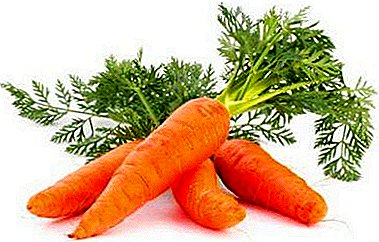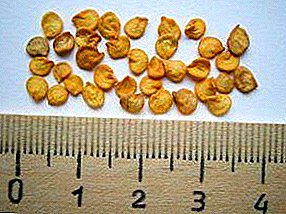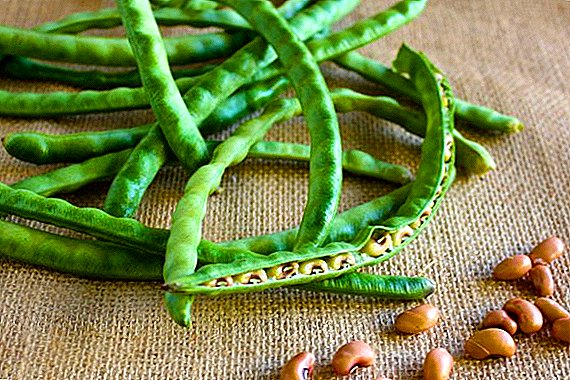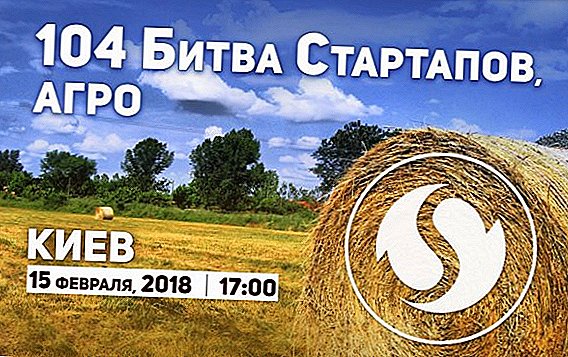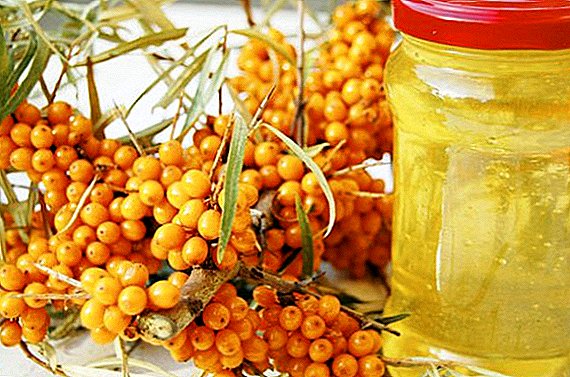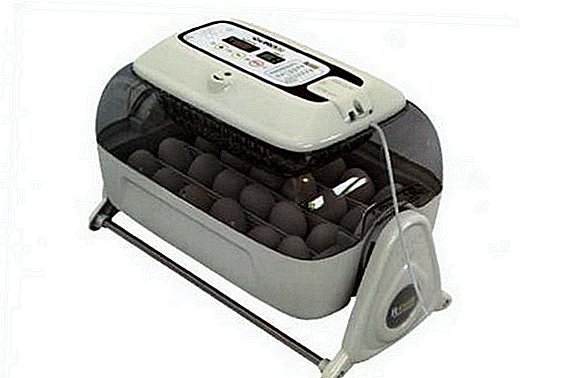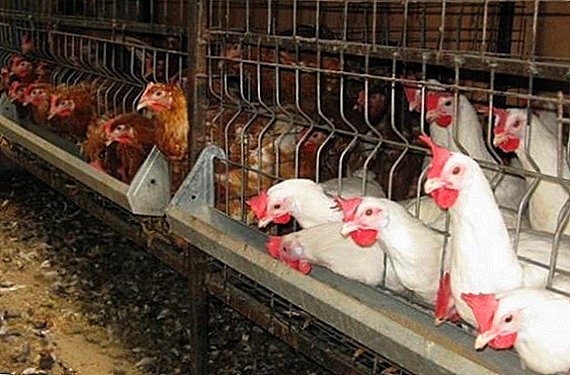 Among the many breeds of chickens, a special place is occupied by mini-breeds. These compact birds are especially convenient to maintain if there is a shortage of chicken coop area. However, do not stop breeding such chickens and large poultry farms. About two such rocks, B-33 and P-11, will be discussed in this publication.
Among the many breeds of chickens, a special place is occupied by mini-breeds. These compact birds are especially convenient to maintain if there is a shortage of chicken coop area. However, do not stop breeding such chickens and large poultry farms. About two such rocks, B-33 and P-11, will be discussed in this publication.
Origin of chickens B-33 and P-11
The B-33 breed is a line of the famous Leggorn breed. Its originator is FSUE Zagorsk EPH VNITIP, located in the city of Sergiev Posad, Moscow region. As for P-11, this is the line of the Roy Island breed. The originator is the American company Hy-Line International.
Did you know? In France and the UK, mini-chicken breeds almost completely supplanted broilers in industrial poultry farming.
Description of P-11
This line of breed Roy Island is universal. With excellent taste of meat, chickens P-11 are distinguished by good egg production. Let us consider in more detail the features of this bird.
Appearance and behavior
The color of these chickens can be very diverse: white, yellow, red, red-brown. The back and chest are wide, the comb is red, leaf-like, the limbs are short.  The behavior of the bird is calm, aggressiveness is absent. Roosters are not too loud, mostly silent, do not conflict with each other.
The behavior of the bird is calm, aggressiveness is absent. Roosters are not too loud, mostly silent, do not conflict with each other.
Productivity characteristic
The mass of the rooster reaches 3 kg, hens - 2.7 kg. The meat has a high taste and, what is important for chicken meat producers, the carcasses of these chickens look very attractive. The weight gain of the bird happens quickly, although they are somewhat inferior in this respect to broilers.
We advise you to get acquainted with the breeds of chickens with the largest eggs, as well as the breeds of the most egg-producing, unpretentious and large chickens.
The weight of an egg is 50-60 g, depending on the age of the bird, the color is light brown. Standard egg production is 180 eggs per year, but according to the breeders, this is not the limit, with a balanced diet, an indicator of 200 or more eggs per year is easily achieved. Chickens start to be born, on average, from 5-6 months of age. 
Advantages and disadvantages
Of the advantages of the breed are the following:
- the possibility of placing in rather cramped conditions, this bird can be kept in cages;
- calm, non-conflict behavior;
- good egg production;
- high taste of meat with a quick weight gain.
But P-11 has some drawbacks, namely:
- representatives of the breed do not tolerate drafts and low temperatures;
- if epidemics occur, they spread very quickly among this bird;
- short limbs make an undesirable walking of birds after precipitation, since it can soak the lower part of the hen’s torso, which can lead to her illness.
Description of mini-Leggornov B-33
Line B-33, derived from Leggornov, is also considered universal, although with a significant bias towards the production of eggs. The following describes the features of this breed.
Did you know? The name "Leghorn" comes from the name Livorno (Livorno) distorted by the English - this is the name of the Italian port, where this outstanding breed is bred.
Appearance and behavior
Outwardly, these birds are very similar to the classic Leggorn, the main difference from them is short limbs and a smaller mass. The color of the representatives of the B-33 is white, the comb is red, leaf-shaped, the lobes on the head are white.  The body is wedge-shaped, the neck is long. The nature of this bird is quite calm, but roosters can sometimes sort things out, although this happens infrequently.
The body is wedge-shaped, the neck is long. The nature of this bird is quite calm, but roosters can sometimes sort things out, although this happens infrequently.
Productivity characteristic
The weight of the chicken is 1.4 kg, the rooster - 1.7 kg. These birds gain mass quickly, their meat is of high quality. But this breed is more often used as an egg.
Important! If B-33 layers are not fed with high-quality compound feed (preferably special for layers), their egg production is significantly reduced.Her egg production rate reaches 240 eggs per year or more, while the mass of eggs laid by adult chickens is usually 55-62 g, the young hens carry eggs smaller, usually around 50 g. The color is white. Chickens start running from 4-5 months.

Advantages and disadvantages
Of the advantages of this bird are the following:
- compact size and fairly calm character, allowing to keep B-33 even in cages;
- excellent egg production;
- need significantly less feed than "large" breeds;
- differ in precocity;
- endure low temperatures much better than P-11.
There are B-33 and disadvantages, it is:
- demanding of feed to ensure high egg production;
- low weight, which reduces the value of these chickens as a meat breed;
- tendency to fly over fences during free-range;
- with their own small size, an attempt to chick a large egg to carry a large egg sometimes ends with a prolapse of the oviduct, which can lead to its death.
The content and features of care mini meat chickens
First of all, it is necessary to eliminate sources of drafts in the hen house, and also to warm it. Since these breeds are often kept in rather cramped conditions, the requirements for keeping the hen house clean are increasing - cleaning should be done regularly, preferably weekly.
Important! If at least one sick chicken appears, take immediate action: put the diseased bird in quarantine, disinfect the chicken coop, and if necessary, contact your veterinarian. If you do not take these measures, very quickly the disease can become widespread.
In addition, it must be combined with disinfection, using, for example, iodine checkers. If free-range chickens are practiced, they should not be let out in wet weather - because of short limbs, they quickly become wet and covered with mud, which can lead to their illness. 
Poultry Feed
There are no special nutritional requirements for P-11 and B-33. The same feed is used as for other breeds. However, the composition of feed, it is desirable to adjust depending on the desired result: growing for meat or used as layers.
Adult birds
If the bird is grown for meat, it is fed with feed for meat breeds. Hens are also fed with specialized feed. In any case, chalk is added to the feed (an egg shell will do), as well as fresh greens.
We recommend reading about how and how much to feed domestic chickens, how to make feed for laying hens at home, how much feed a chicken hen needs for a day, as well as how to give bran, meat and bone meal and wheat germ to chickens.
In winter, it is replaced by hay. In addition, in small quantities (no more than 5% of the total amount of feed) it is recommended to add fish or meat and bone meal to the feed. We should not forget about the regular change of water in the drinker.  Feed can be replaced with cheaper feed, although this may adversely affect the productivity of chickens. In particular, they use boiled istolichny potatoes (with skin), in which they add greens and ground vegetables (beets, cabbage leaves, zucchini, cucumbers).
Feed can be replaced with cheaper feed, although this may adversely affect the productivity of chickens. In particular, they use boiled istolichny potatoes (with skin), in which they add greens and ground vegetables (beets, cabbage leaves, zucchini, cucumbers).
Learn what types of feed for chickens exist, as well as how to prepare feed for chickens and for adult birds with your own hands.
Another option (and the most popular) is grain, which is seasoned with chalk. Usually, grain, wheat, barley, oats and corn are mixed in equal proportions. It is preferable to alternate the first and second types of feed.
Offspring
For chickens, cottage cheese or yogurt, as well as fresh chopped greens, are added to the feed. In addition, they mix the necessary mineral supplements (in quantities specified in the instructions).  If there is no free range, then fine gravel is added to the feeders. Young animals are transferred to normal feeding at 21 weeks of age.
If there is no free range, then fine gravel is added to the feeders. Young animals are transferred to normal feeding at 21 weeks of age.
We advise you to read about how to properly grow and feed chickens in the first days of life, as well as how to treat and prevent chickens' diseases.
Breeding characteristics
For breeding, you can use the eggs of your own chickens or purchase them on the side. But in the latter case, the eggs must be taken from trusted breeders or in large farms, otherwise you can buy low-quality material.
Both described breeds have almost lost the instinct of hatching eggs, therefore for this purpose they usually use chickens of other breeds, the best for this are Cochin China and Brama. However, incubators are used much more often for breeding.
Before laying eggs in the incubator they are examined, eggs with damages are rejected. If there is an ovoscope, you can examine the contents of the egg and discard specimens without an embryo or with a dead embryo.  Selected eggs are cleaned with a weak solution of potassium permanganate, and then laid in the incubator. The process of incubation depends on the model of the incubator, as a rule, its detailed description is available in the instruction manual of the device. Hatching chicks are removed from the incubator after they dry out.
Selected eggs are cleaned with a weak solution of potassium permanganate, and then laid in the incubator. The process of incubation depends on the model of the incubator, as a rule, its detailed description is available in the instruction manual of the device. Hatching chicks are removed from the incubator after they dry out.
Read more about how to disinfect and equip eggs before laying, as well as when and how to lay chicken eggs in an incubator.
First, they are fed with chopped egg yolk and low-fat cottage cheese. On the second day, add millet, on the fourth - chopped greens. Initially, the temperature in the room where the chickens are located should be around +35 ° C, then it is gradually reduced to normal.
Breeding is usually done to optimize costs. When breeding your own chickens, do not use third-party roosters. According to the breeders, with such a mix, the quality of B-33 and P-11 is significantly reduced, and the immunity of the bird is weakened.  Having considered the peculiarities of the mini-breeds P-11 and B-33, we can conclude about their great potential in terms of growing both in private farmsteads and in farms. These chickens do not require large premises, in general, are unpretentious (with the exception of some nuances), while they are distinguished by good egg production, and their meat has high taste qualities.
Having considered the peculiarities of the mini-breeds P-11 and B-33, we can conclude about their great potential in terms of growing both in private farmsteads and in farms. These chickens do not require large premises, in general, are unpretentious (with the exception of some nuances), while they are distinguished by good egg production, and their meat has high taste qualities.
Reviews from the network




